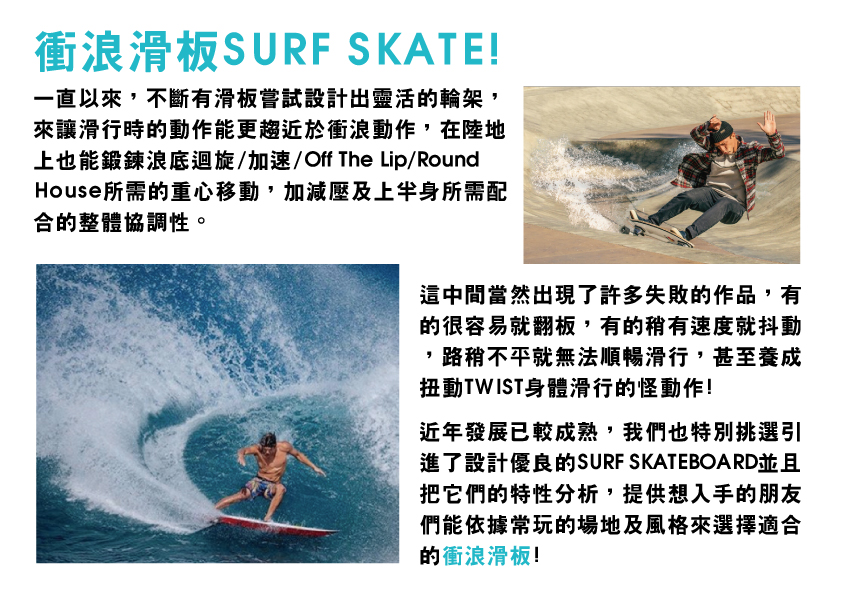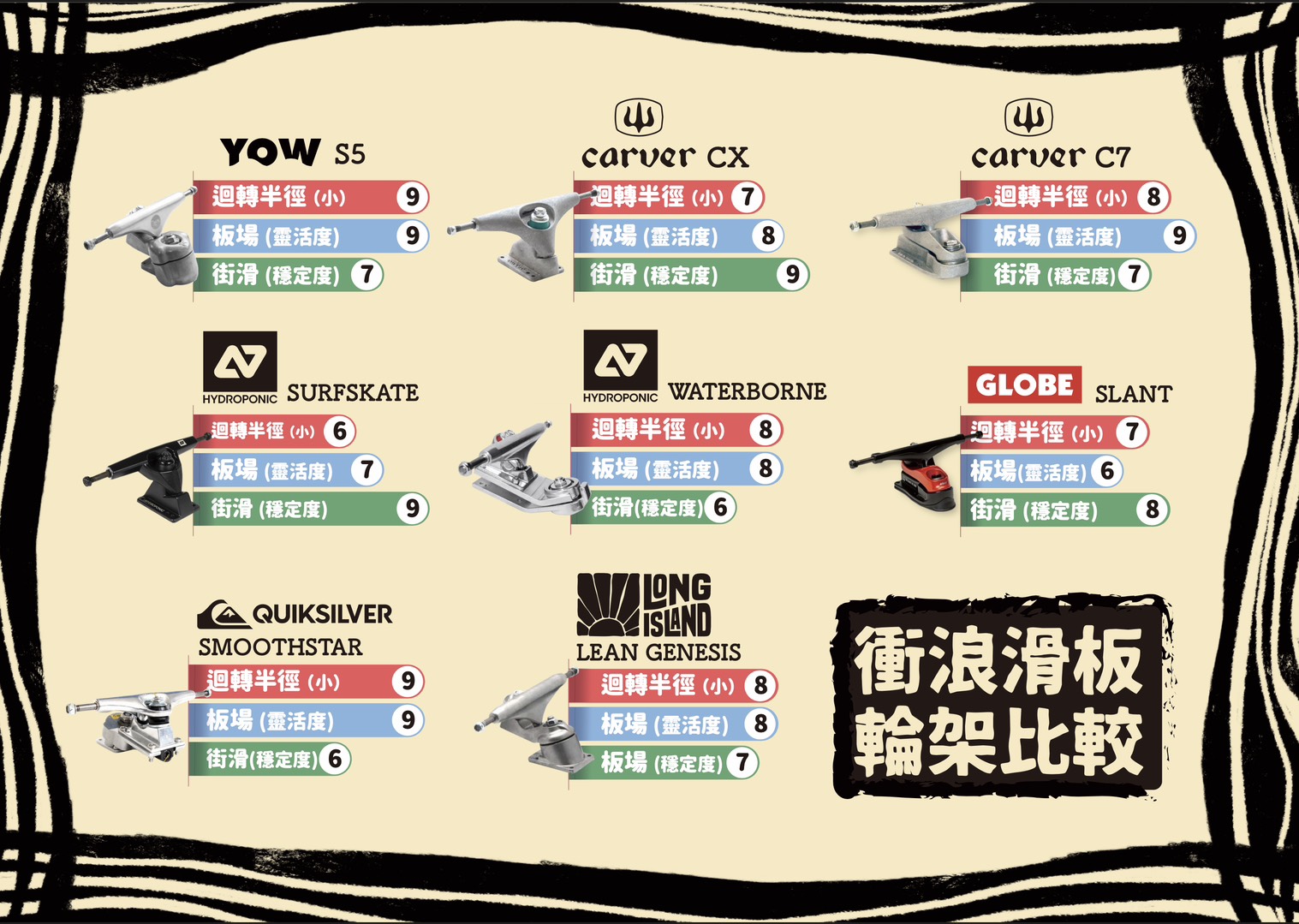We are always looking for new sensations in surfskating, and recently our attention was drawn to the narrow sidewalk surfers of the 1960s as we rewatched barefoot groms carving gracefully down smooth hills with style. Inspired, we started cutting down some C5s to 4” to see how it would feel, and we trimmed down a street deck to match. It surprised us all with how fun it felt to ride, and we desperately wanted to share this feeling with our community. But truck design and tooling takes time and Summer is upon us! So with our in-house machine shop and skilled crew we whipped up a limited batch of these hand-made minis, rolling on soft 65mm Roundhouse wheels for a cushy, grippy ride.
Specs :
-
Length: 29"
-
Width: 7.75"
-
Wheelbase: 15.5"
Components :
-
Truck Option: 4" C5 Cutdowns
-
Truck Color Option: Raw
-
Wheels: 65MM Slicks Orange Glo 83A
-
Bearings: Built-In
-
Grip Tape: Park Print Logo
-
Hardware: Black Manganese
-
Length: 29"
-
Width: 7.75"
-
Wheelbase: 15.5"




HISTORY OF CARVER SKATEBOARDS
It all started one quiet summer in Venice, California in 1995. Greg Falk and Neil Carver had been surfing all winter, and were pumped to surf the warmer waters of the Breakwater during the long days of summer, but it was as flat as a puddle. Not even a longboard ripple to justify getting wet. So, like the many generations before them, they took to the streets with skateboards in search of hills to surf.
The historic neighborhoods of Venice and Santa Monica are a veritable skatepark of steep alleys and banks, and as they dropped in on those asphalt waves they were struck with how unlike surfing it was. Sure, they sort of got a surf-like experience, as much as standing on a board and banking turns can provide, but they really missed the snap and drive that a surfboard has, that crisp pivot you get at the tail that lets you really pump a wave for speed. Their skateboards felt stiff by comparison. They tried loosening the trucks even more but all they got was speed wobble, and the steepest hills became virtually unskateable.
And even with those loose trucks, the dynamic of the turn was still all rail-to-rail, symmetrical nose-to-tail. Picking up the nose to tic-tac at high speed down a steep incline was sketchy, so they were left only imagining the performance they wanted, unable to get that feel with any skateboard on the market.